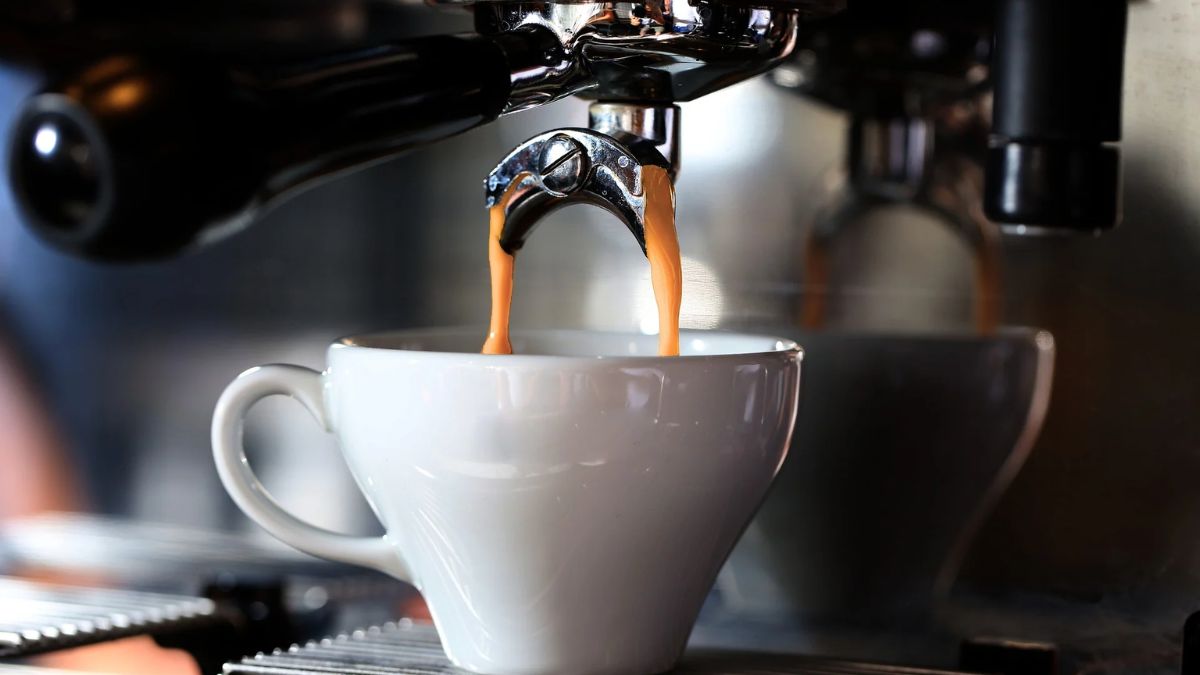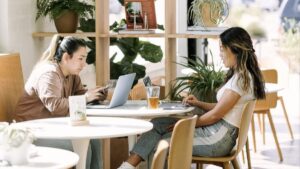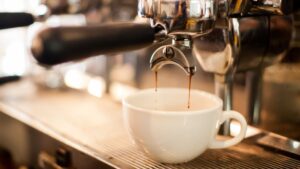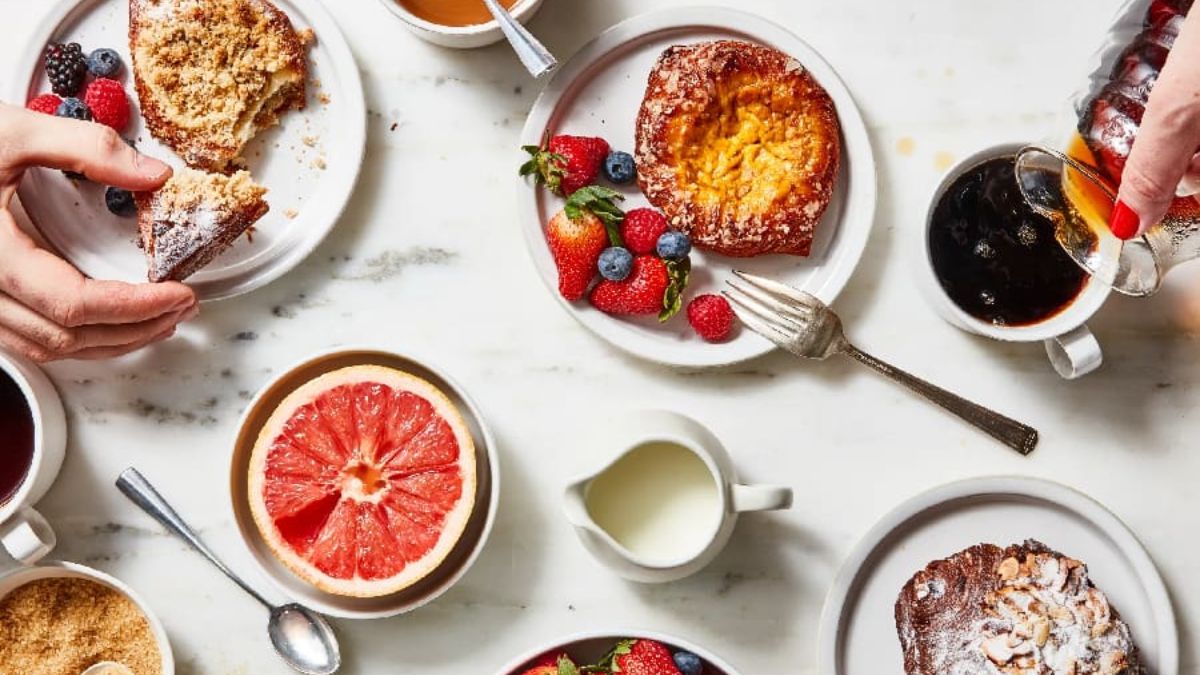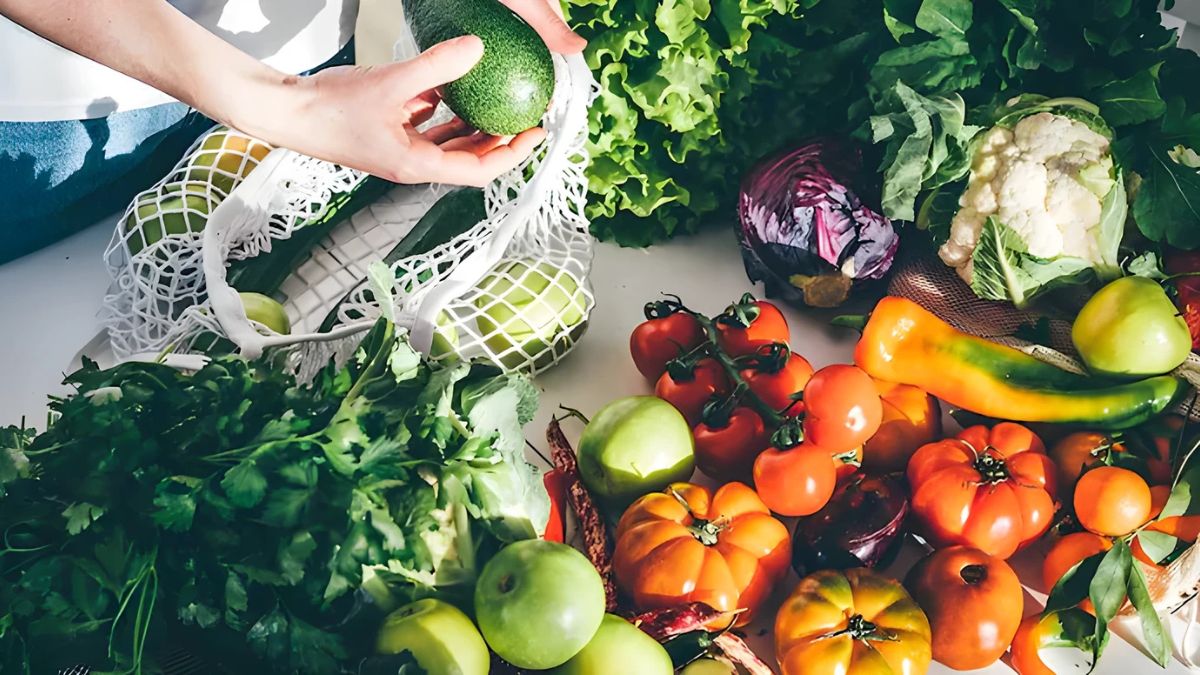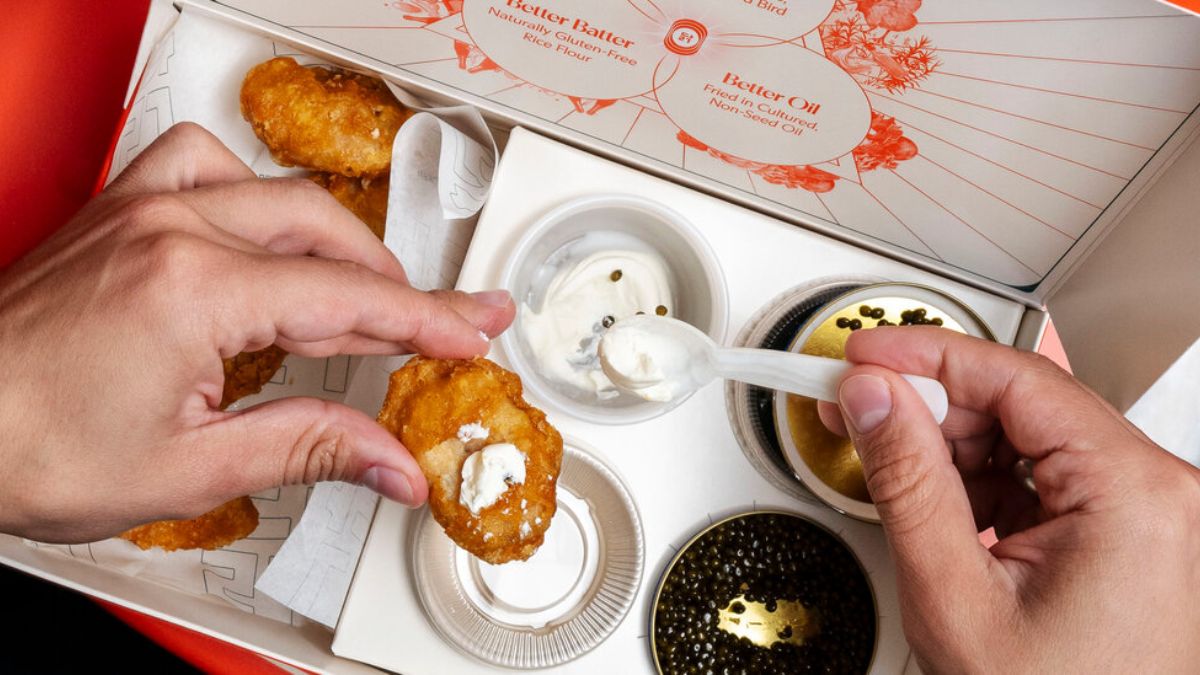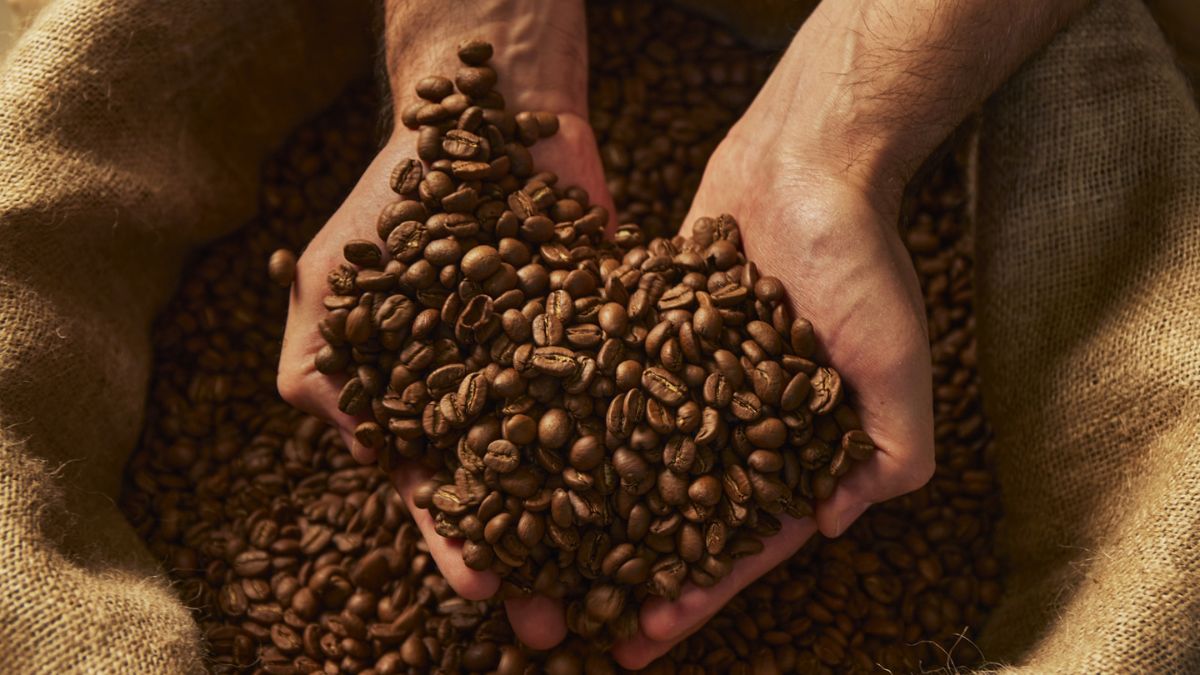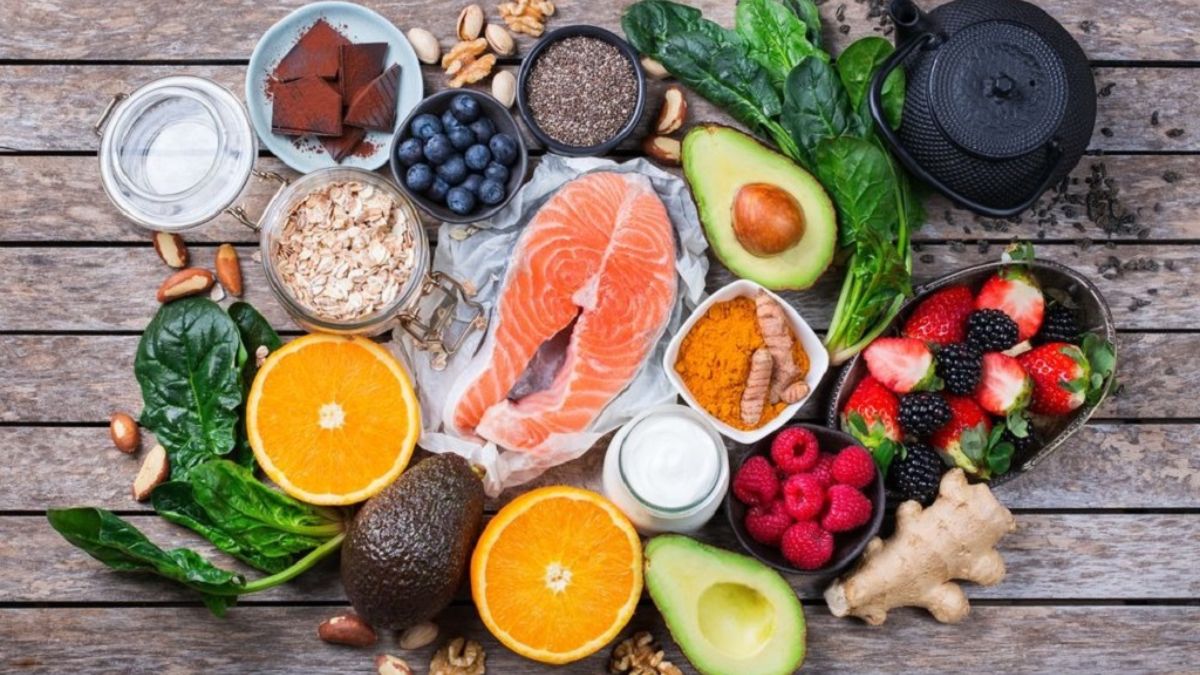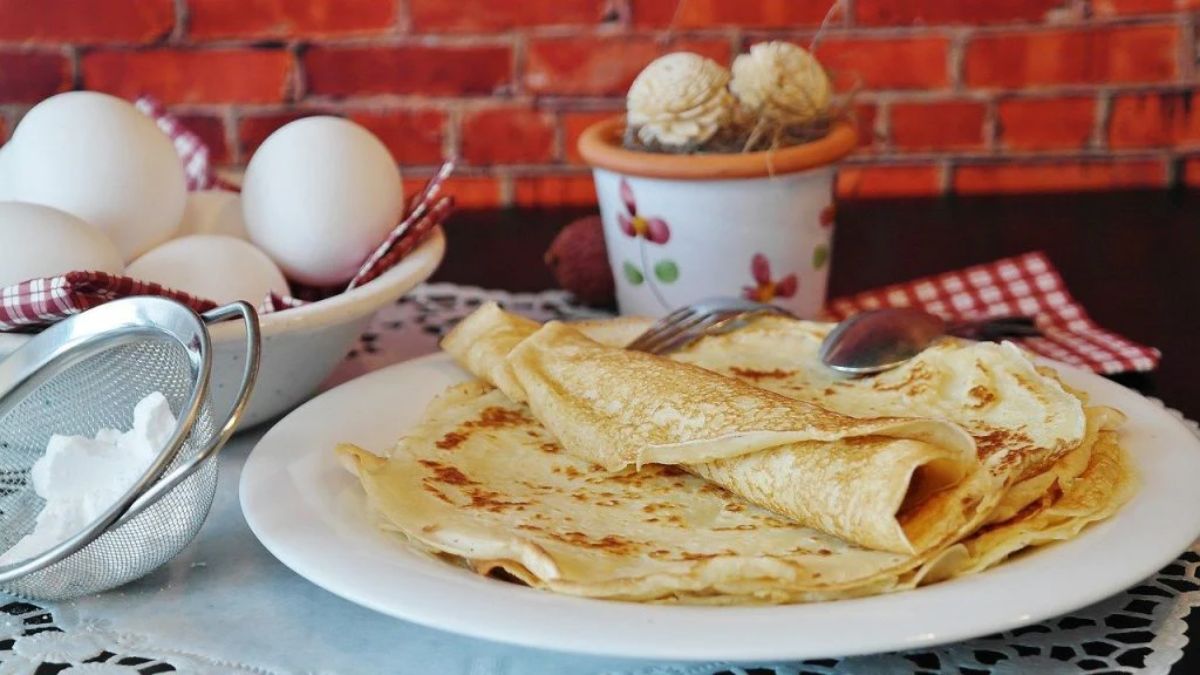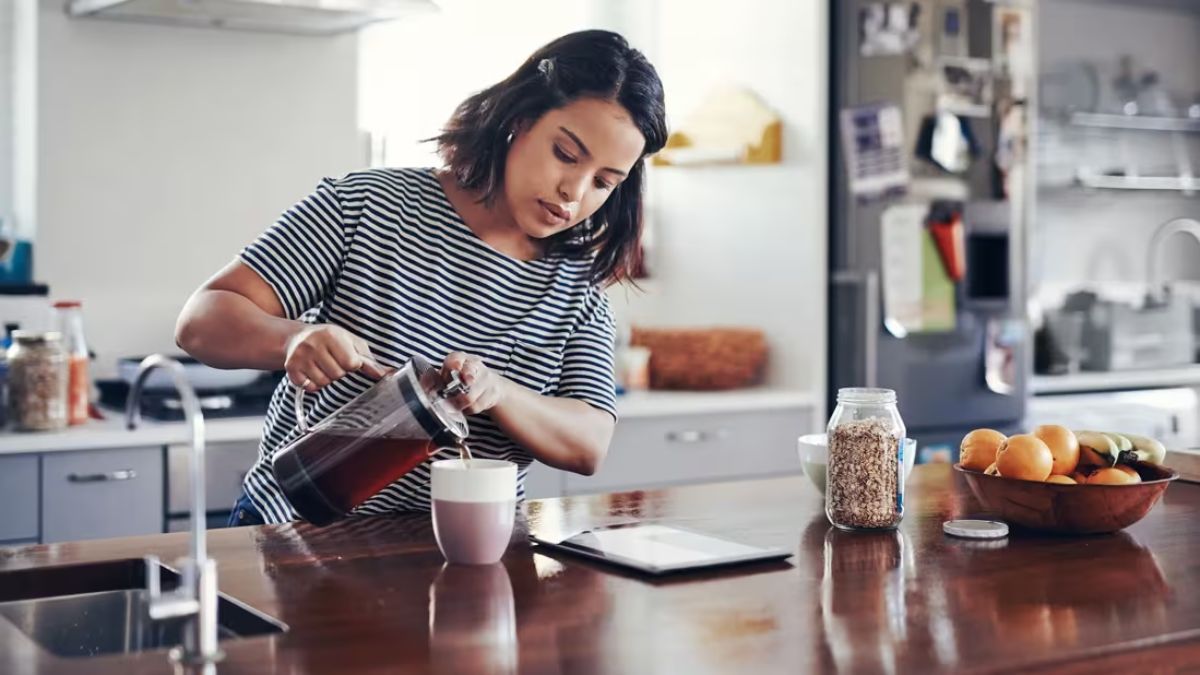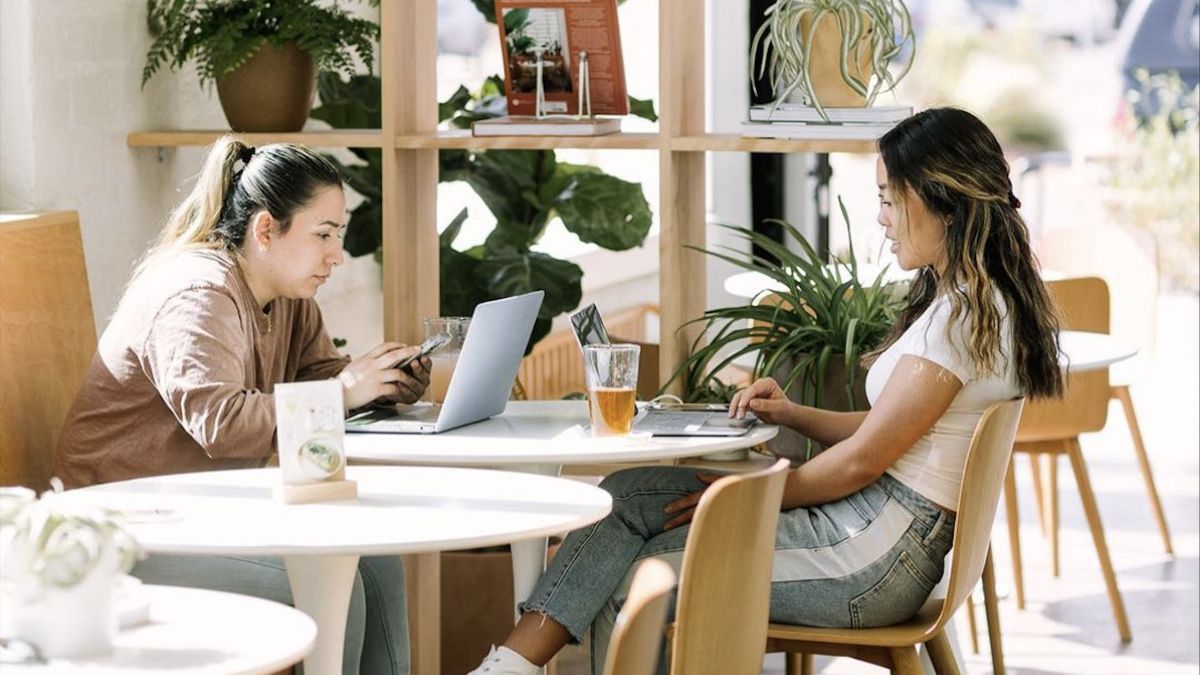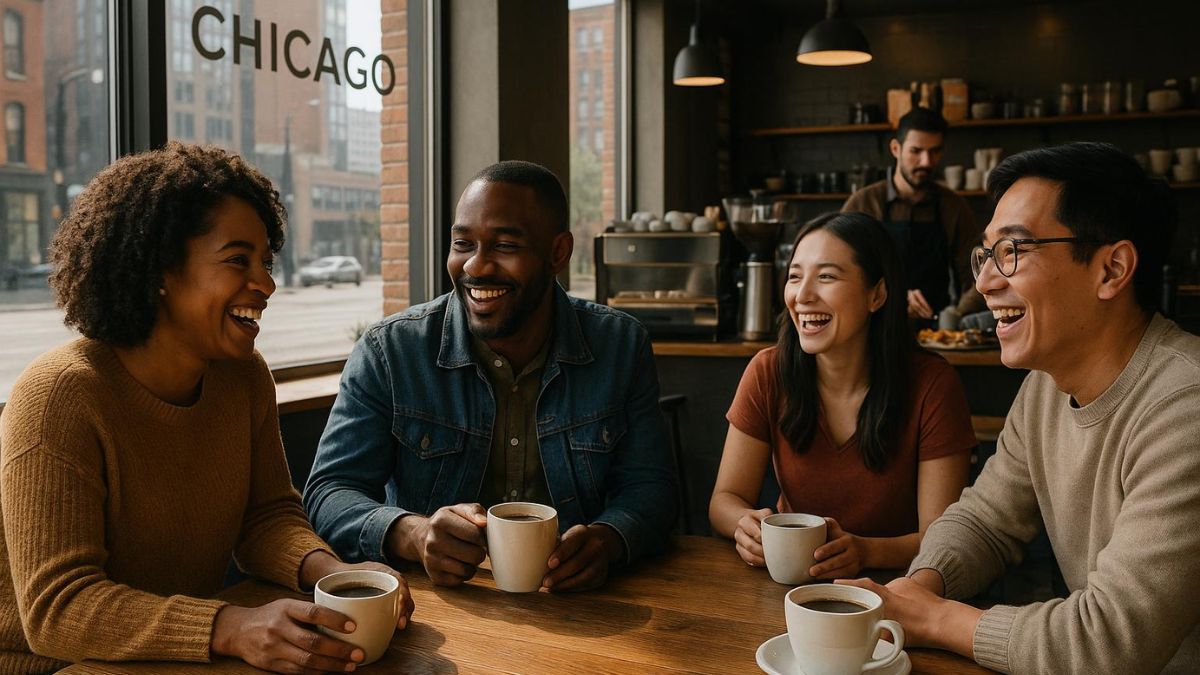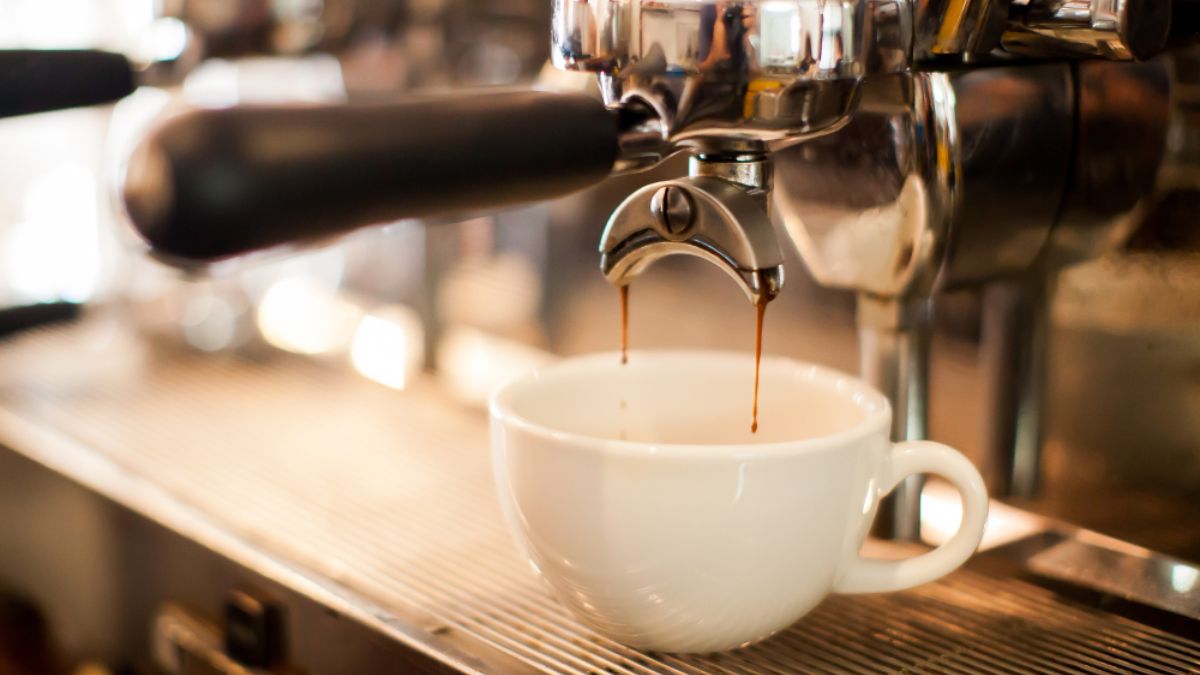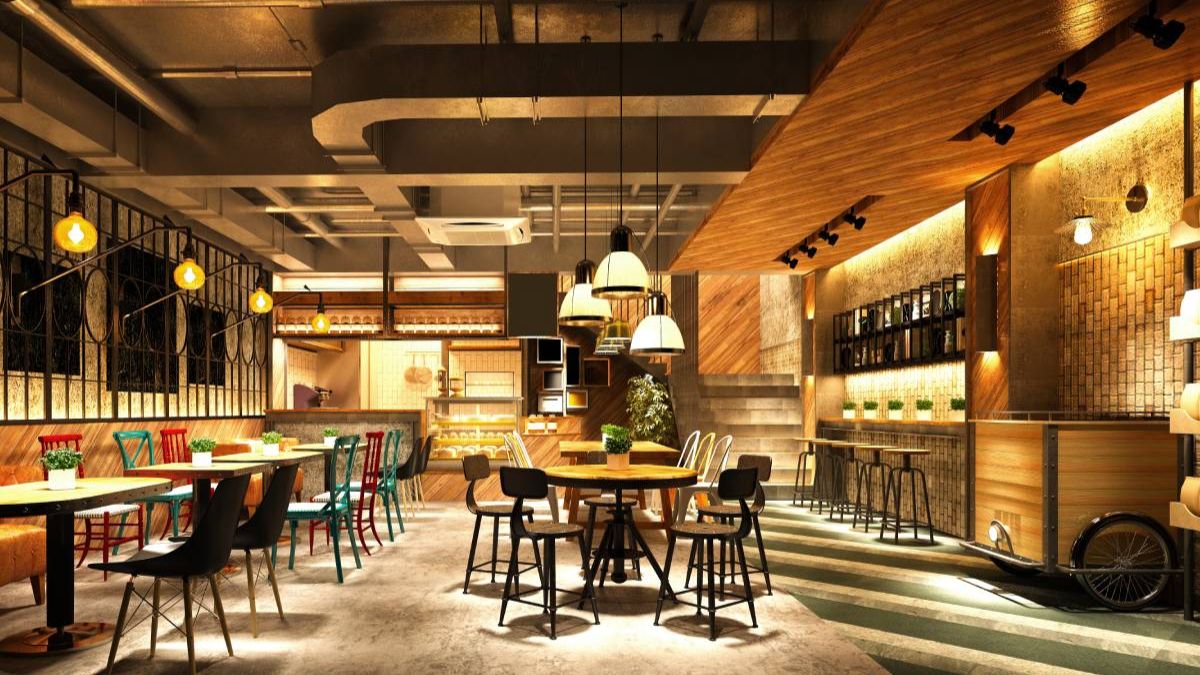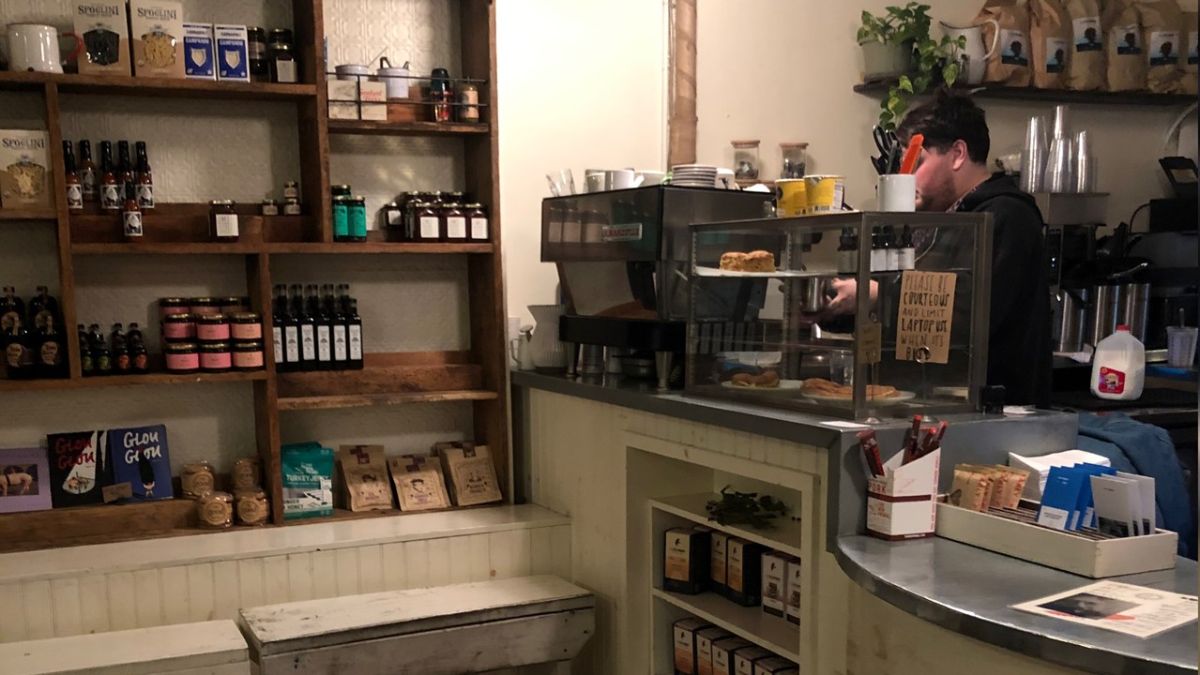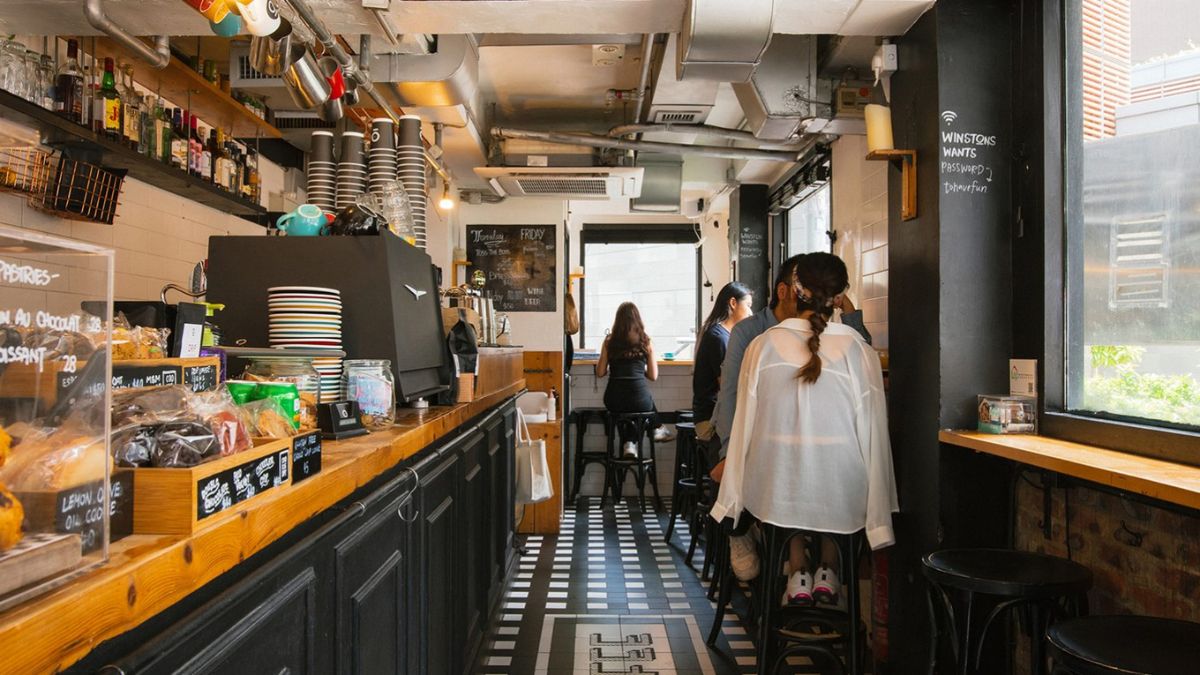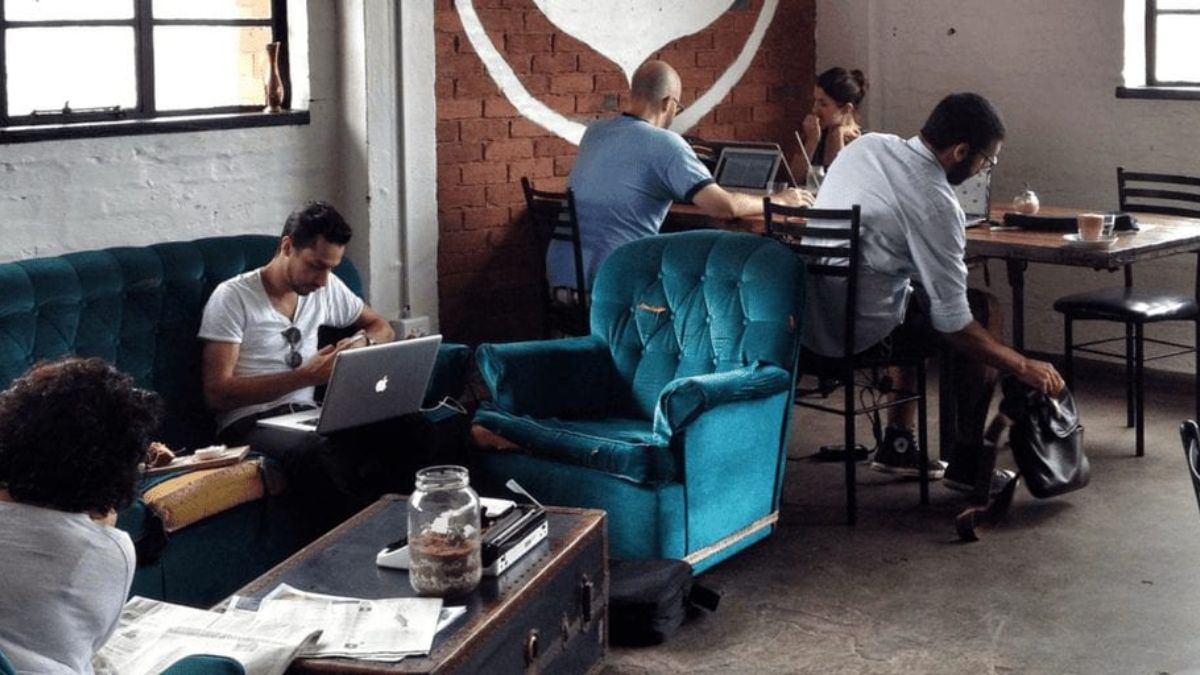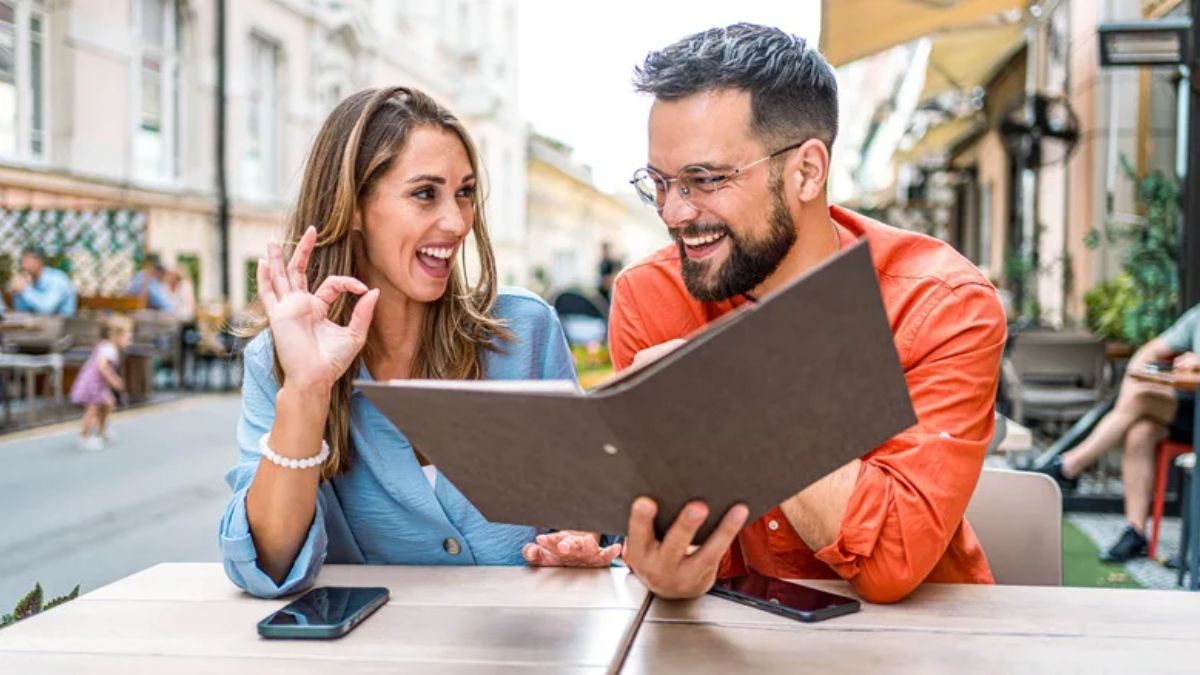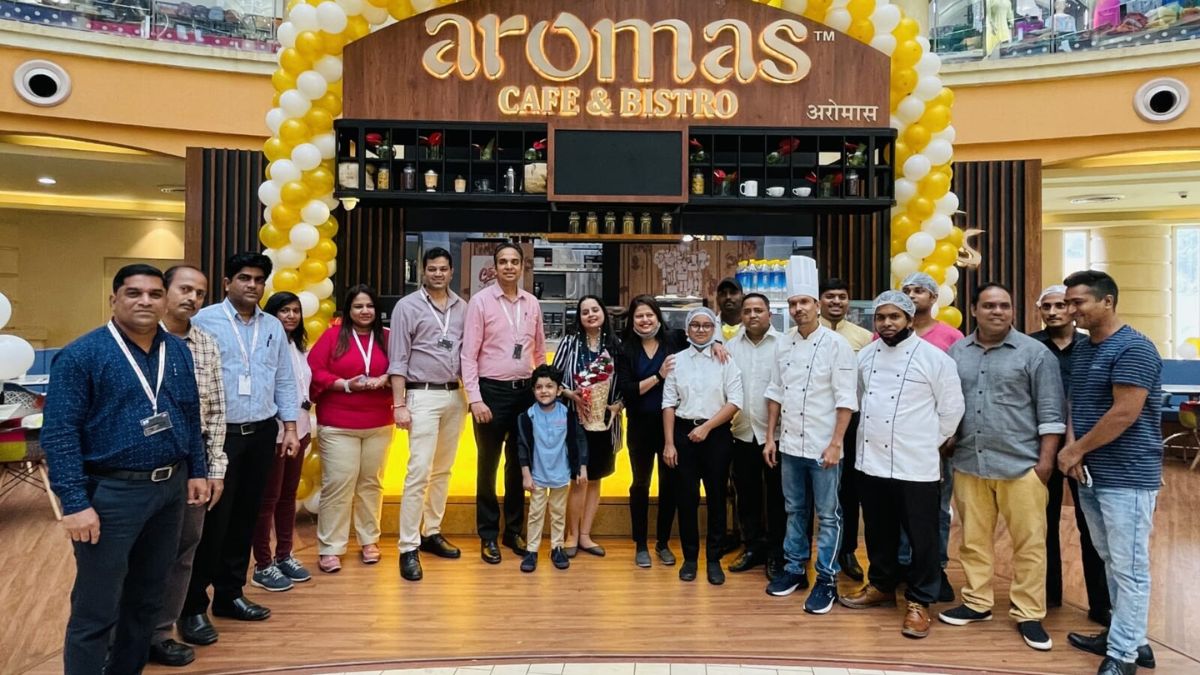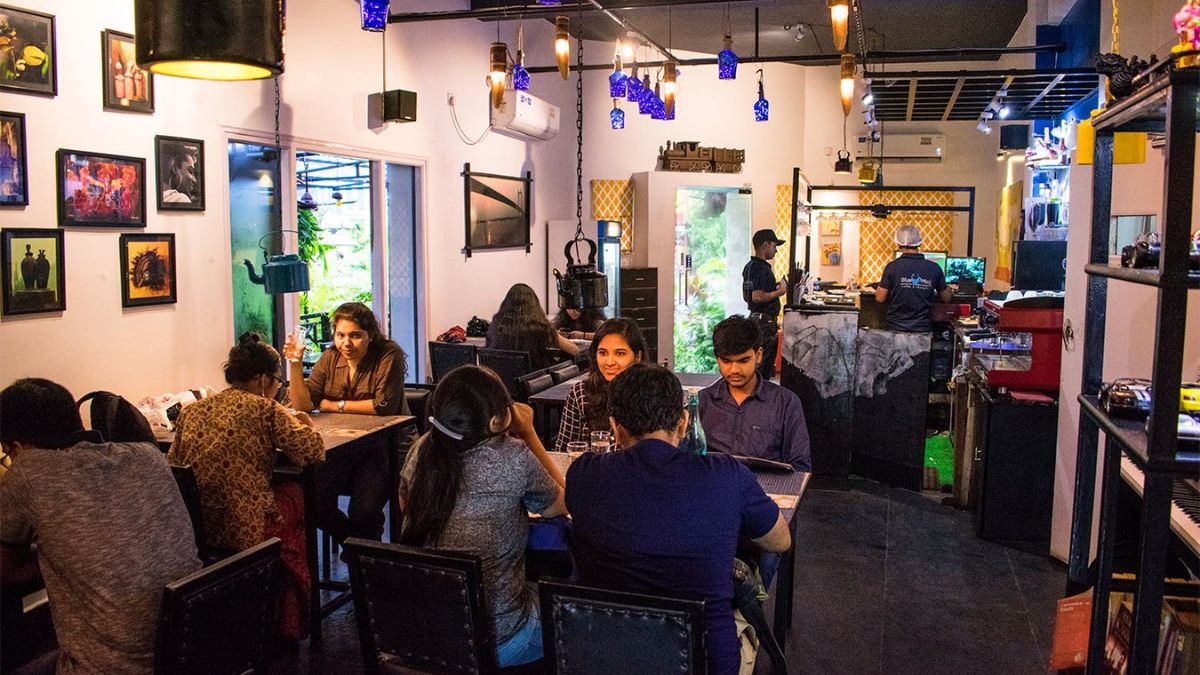Ever wished you could bring the rich, comforting flavor of a coffeehouse brew right into your kitchen? Good news—you can. With a little know-how and the right tools, brewing the perfect cup of coffee at home is easier than you think. Our All Good Café baristas are spilling the beans (literally) on how to create café-quality coffee from your own countertop.
Here’s your friendly, step-by-step guide to doing it right.
Beans
It all starts with the beans. And yes—it really matters. Fresh, high-quality beans are the foundation of a great cup.
Here’s what to look for:
- Whole beans over pre-ground (they stay fresher)
- Roast date on the bag (not just an expiration date)
- Roast level that matches your taste (light = brighter, dark = bolder)
If you’re a fan of All Good Café’s signature flavor, try sourcing small-batch or locally roasted beans. Or better yet, ask your favorite barista what blend they’re using.
Grind
Next up: the grind. This is where many people mess up without realizing it. The grind size should match your brewing method. Too coarse or too fine, and your coffee won’t taste right—it’s like using the wrong gear on a bike.
Here’s a quick guide:
| Brewing Method | Grind Size |
|---|---|
| French Press | Coarse |
| Pour Over | Medium-Fine |
| Drip Machine | Medium |
| Espresso Machine | Fine |
| AeroPress | Medium to Fine |
For best results, use a burr grinder instead of a blade grinder—it gives you more control and consistency.
Water
You might not think much about your water, but it can make or break your brew. Tap water with heavy minerals or chlorine can mess with the flavor.
- Use filtered water for a cleaner taste
- Heat to around 195°F to 205°F (just before boiling)
- Don’t use distilled—it lacks the minerals needed to bring out coffee’s flavor
And yes, temperature matters. Too hot and it scorches the grounds. Too cold and it under-extracts.
Ratio
The golden rule? Don’t eyeball it. Coffee-to-water ratio is key. Our baristas recommend:
1 to 2 tablespoons of coffee per 6 ounces of water
Or if you want to get fancy (and precise), use a scale and go with the industry standard:
1:15 ratio (1 gram of coffee per 15 grams of water)
That’s how cafés consistently nail every cup.
Methods
You don’t need a fancy espresso machine to make great coffee. Depending on your setup, here are a few easy methods:
French Press
- Add coarse ground coffee
- Pour in hot water
- Let steep for 4 minutes
- Press slowly and pour
Pour Over
- Use a gooseneck kettle
- Bloom the grounds (pre-wet for 30 seconds)
- Pour in slow spirals
- Total brew time: 2–3 minutes
AeroPress
- Super versatile
- Great for quick, strong cups
- Can be used with inverted method for more control
Each method offers a different flavor profile. Try them all and see what suits your taste.
Extras
Want to go full barista mode? Here are a few optional upgrades:
- Milk frother for lattes and cappuccinos
- Coffee scale for perfect measurements
- Gooseneck kettle for precision pouring
- Thermometer to monitor water heat
Also, store your beans in an airtight container in a cool, dark place—not the fridge. Oxygen and moisture are coffee’s worst enemies.
Routine
Finally, make your morning ritual something you look forward to. Take your time. Savor the aroma. Maybe throw on a playlist or enjoy the quiet. Great coffee is more than just a drink—it’s a mood.
Brewing the perfect cup at home isn’t just about technique—it’s about slowing down and enjoying the process. So go ahead, put on that kettle and start your day like a barista.
FAQs
What’s the best coffee-to-water ratio?
Use 1–2 tbsp of coffee per 6 oz of water or a 1:15 ratio.
Which grind is best for French press?
Coarse grind is best for French press brewing.
Can I use tap water for coffee?
Use filtered water for better taste and balance.
Do I need a scale to brew coffee?
A scale helps with accuracy but isn’t mandatory.
What’s the ideal water temperature?
Between 195°F and 205°F is best for brewing.

